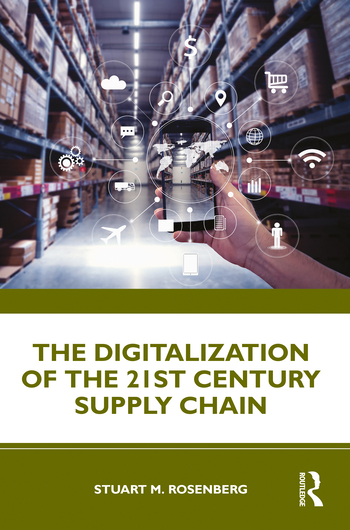Industrial research and development programs are the seed corn of
product innovation. Unfortunately, one of the first cost-cutting measures some companies
take when faced with the challenge of a recessionary economy is slashing their R&D programs.
Out here in the farm country, where we grow most of the world’s corn,
it’s always been well understood that you can’t eat the seed corn lest there be
none to plant for growing the next year’s crop. Industrial research and
development programs are the seed corn of product innovation. The considerable
contribution of the “lone inventor” notwithstanding, without industrial R&D
programs we wouldn’t see the innovations that launch the majority of new
product down the assembly line and toward the marketplace.
Unfortunately, one of the first cost-cutting measures some companies take when
faced with the challenge of a recessionary economy is to eat their seed corn by
slashing their R&D programs. Stifling innovation not only tends to
exacerbate and prolong a recession, it is also detrimental to those companies
in the long term. Fortunately, despite the economic downturn, many companies
are reluctant to cut R&D because they view it as a source of competitive
advantage.
A recent survey by McKinsey & Co. (Chicago) revealed that R&D is still
a strategic priority for many executives. While 34 percent reported that
R&D budgets are lower in 2009 than in 2008, 45 percent say R&D is among
the top three items on their companies’ strategic agendas. Companies that get
the greatest return from R&D spending responded that not only have they had
high organic growth rates over the past 5 years compared with competitors, but
also attributed more than 30 percent of that growth to new products developed
in house.
Another recent survey confirms that many companies, wary of emerging from the
recession with obsolete products, are still spending on R&D. Writing inThe Wall Street
Journal, Justin Scheck and Paul Glader report on an analysis that looked at 28
of the largest U.S. R&D spenders, excluding the deeply troubled auto makers
and the drug industry, where R&D spending is dictated by government
requirements. While total revenue among those companies fell 7.7 percent in the
dismal last quarter of 2008, their R&D spending was only down 0.7 percent.
“Companies by and large realize that large reductions in R&D are suicidal,”
Jim Andrew, a senior partner at the Boston Consulting Group (Chicago) told
them.
R&D spending by some of those companies, including Microsoft, Intel, Cisco
Systems, Motorola, Qualcomm, 3M, Advanced Microsystems and Freescale
Semiconductor was greater quarter-over-quarter. “We are looking at really
protecting R&D,” Lisa Su, chief technology officer at Freescale (Austin,
TX) added. “That’s what’s going to drive growth coming out of the
downturn.”
Innovation is essential to staying competitive, and it’s far more encouraging
to see leading companies plant their seed corn by maintaining their investments
in R&D than to hear “we’re here to help” from government bureaucrats. The
former will lead out of the recession; the latter will only prolong
it.
Editorial: Planting the Seed Corn
Looking for a reprint of this article?
From high-res PDFs to custom plaques, order your copy today!





